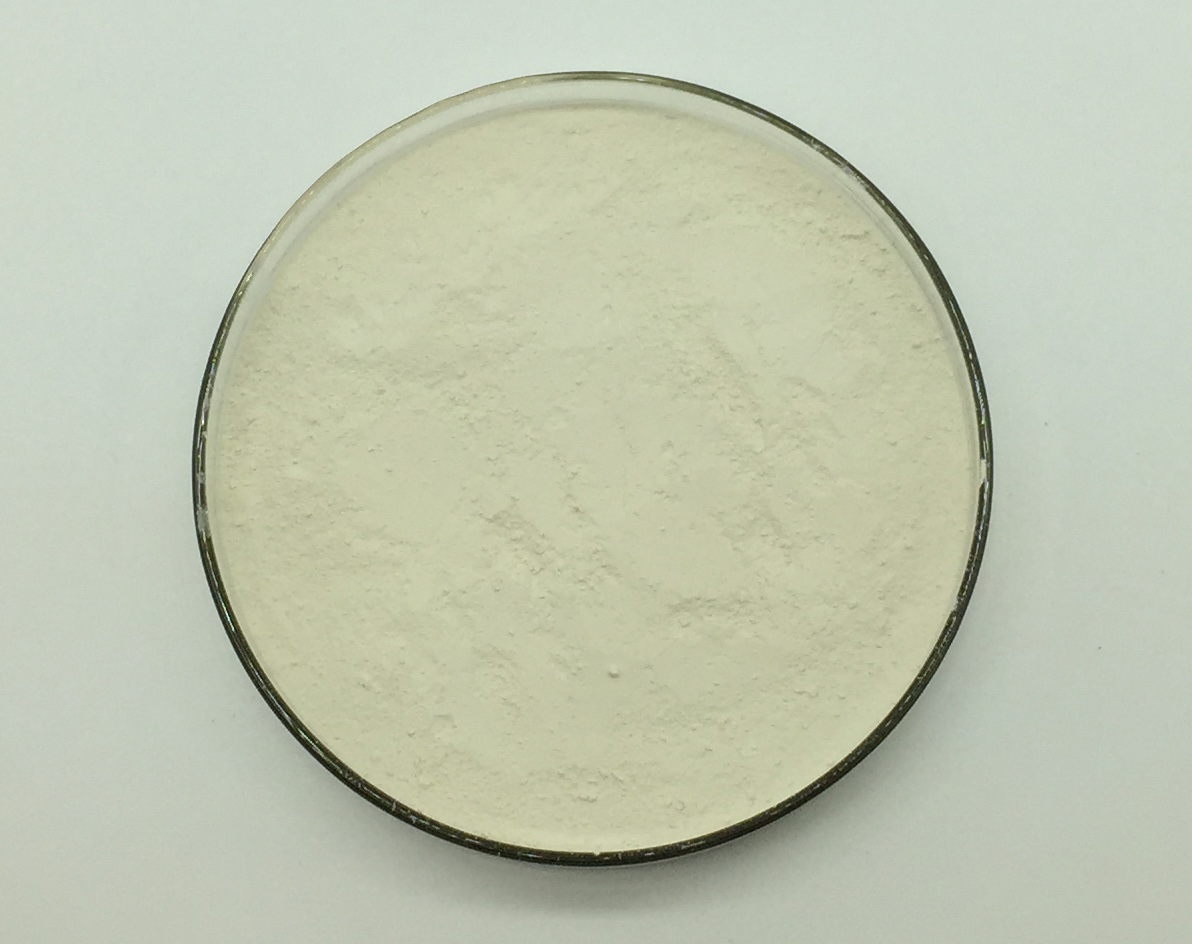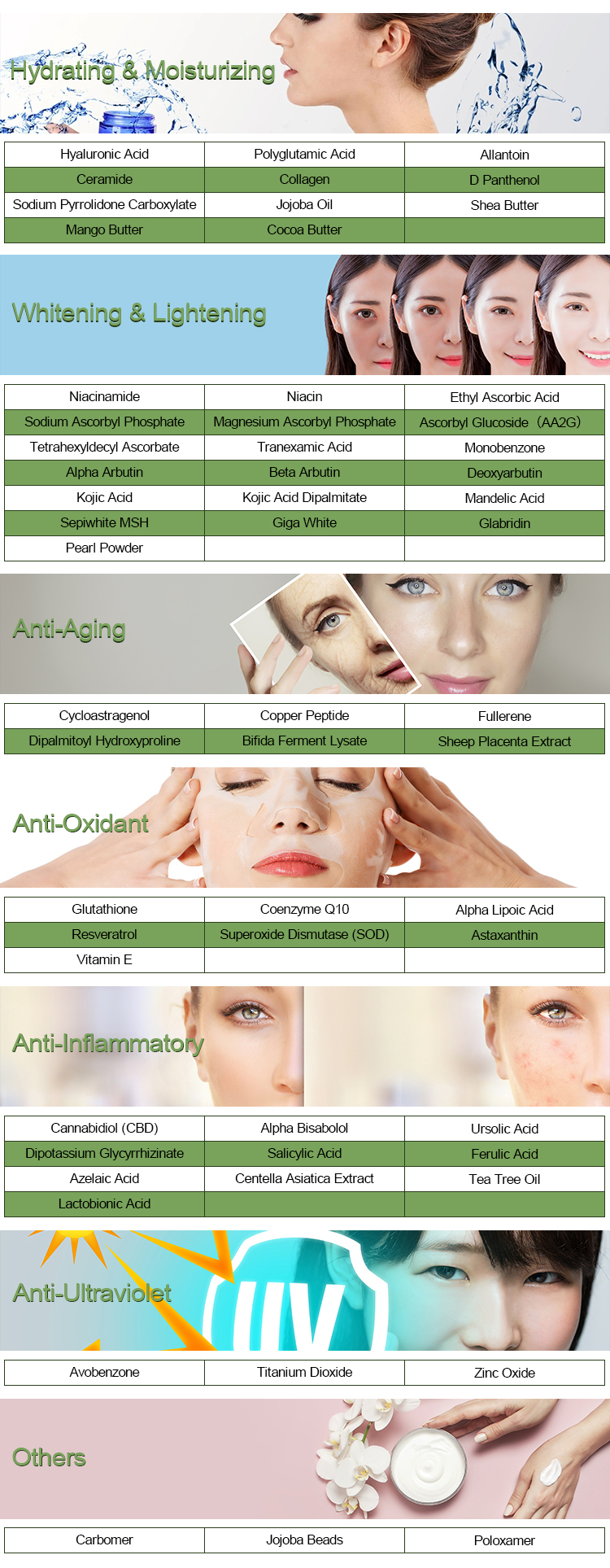Silk fibroin is a protein-based biopolymer that is primarily derived from the silk produced by silkworms. It is a fibrous protein that makes up the structural core of silk threads. The chemical structure and physical properties of silk fibroin are of great interest due to its remarkable mechanical and biocompatible properties. Here’s an overview:
Chemical Structure of Silk Fibroin:
Silk fibroin is primarily composed of the following amino acids:
1.Glycine (Gly): This is the most abundant amino acid in silk fibroin, making up approximately 45-50% of its composition. Glycine is the smallest amino acid and allows for the tight packing of the protein chains.
2.Alanine (Ala): Ala accounts for about 30-35% of silk fibroin. It plays a role in the beta-sheet structure formation and contributes to the material’s strength.

3.Serine (Ser): Serine constitutes around 10-15% of silk fibroin. Serine residues have hydroxyl groups that are crucial for the formation of hydrogen bonds in the protein structure.
4.Tyrosine (Tyr): Tyr makes up a smaller fraction of silk fibroin, roughly 4-8%. It is responsible for the material’s UV-absorbing and optical properties.
The primary structure of silk fibroin consists of long, repetitive sequences of these amino acids, which give rise to its unique properties. The repetitive nature of these amino acids allows for the formation of beta-sheet structures, which contribute to the strength and stability of silk fibers.
Physical Properties of Silk Fibroin:
The physical properties of silk fibroin are notable for their combination of strength, flexibility, and biocompatibility:
1.Strength: Silk fibroin is exceptionally strong for a natural biopolymer. It has a tensile strength that is comparable to or even greater than that of some synthetic polymers like nylon. This makes it an attractive material for various applications, including textiles and medical sutures.
2.Flexibility: Silk fibers are known for their flexibility and extensibility. This allows silk to be woven into lightweight, soft fabrics that drape well and are comfortable to wear.
3.Biocompatibility: Silk fibroin is biocompatible, meaning it is generally well-tolerated by the human body and can be used in medical applications such as tissue engineering and drug delivery. It is slowly degraded in the body and does not trigger a strong immune response.

4.Optical Properties: Silk exhibits a natural sheen and is somewhat translucent. The presence of tyrosine residues contributes to its UV-absorbing and optical properties.
5.Thermal Properties: Silk fibroin is stable at a wide range of temperatures. It retains its strength and flexibility over a broad temperature range, which is important for its use in various applications.
6.Water Absorption: Silk fibroin can absorb and retain water, which can be advantageous in applications like wound dressings and drug delivery.
Overall, the chemical structure and physical properties of silk fibroin make it a versatile material with a wide range of applications, from textiles and fashion to biomedical and industrial uses. Its combination of strength, flexibility, and biocompatibility makes it highly valuable in various fields.
